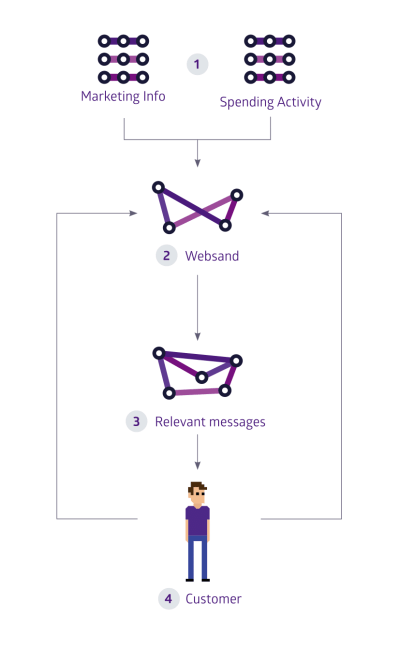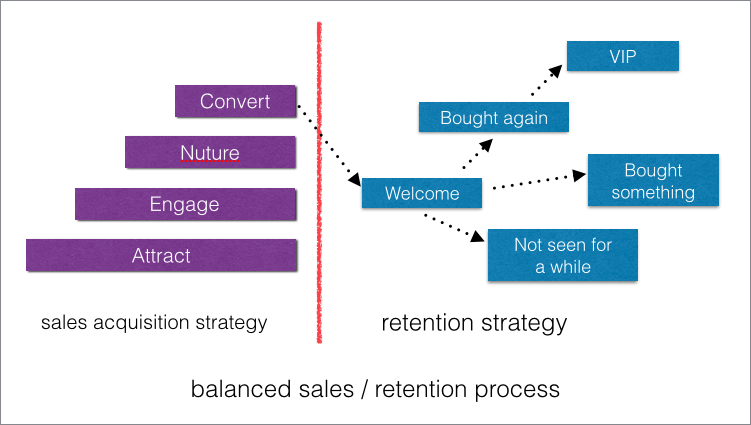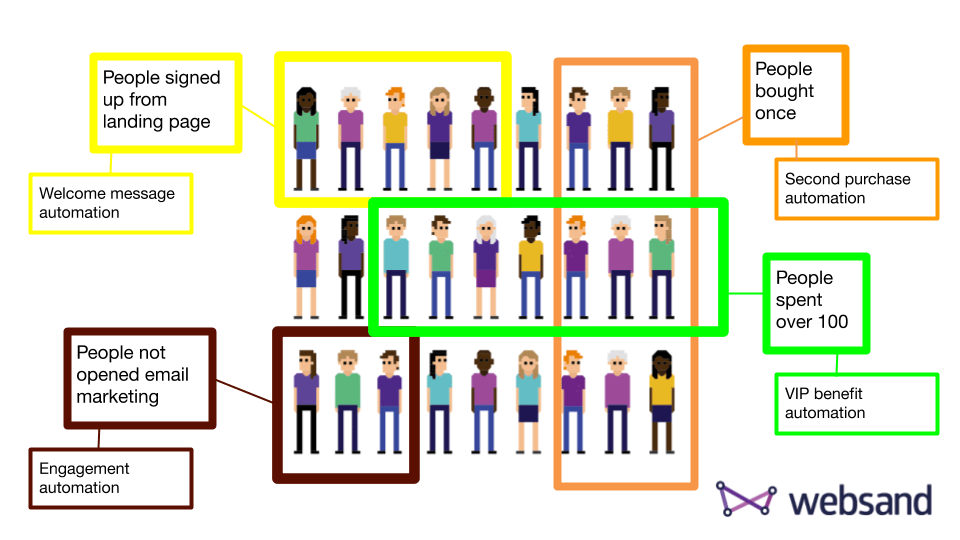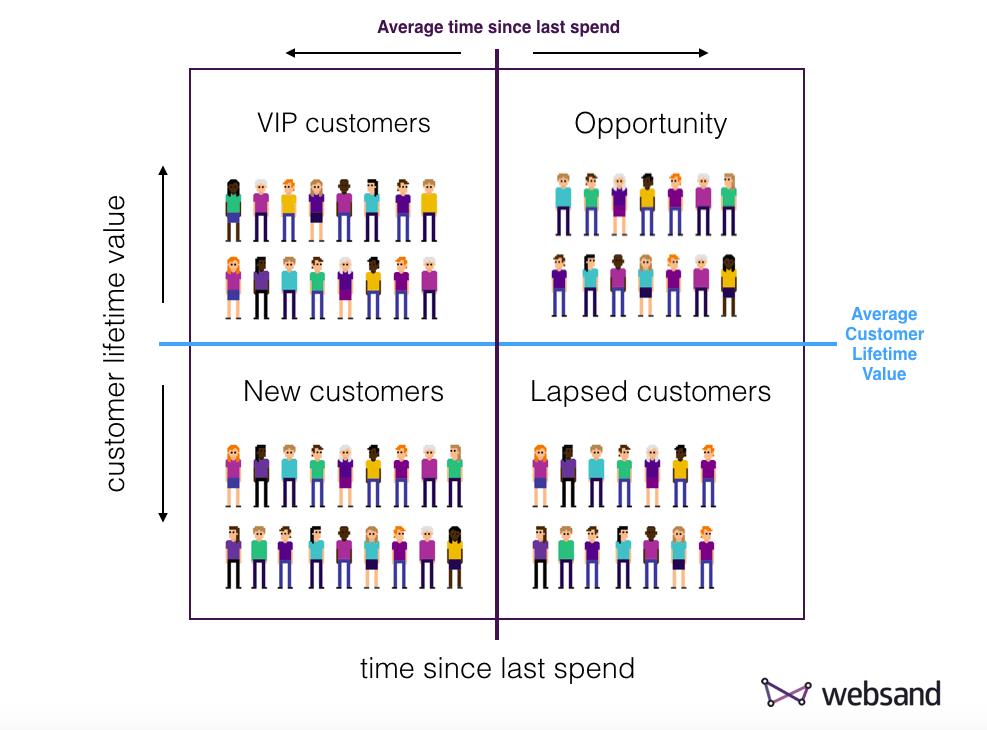Post updated 21 April 2020.
Or… How Marketing can help you deal with the constant change within your business.
Agile Marketing in Perpetual Beta is quite a grandiose title for this blog post and it is worth a few points if we are playing business bingo. So let’s use plain English, I’m talking about how marketing can help you to deal with constant change within your business.
Why am I writing about this? Well, our marketing automation software Websand, helps marketers to identify opportunities and identify problem areas for their business based on the customer data that they collect. As a result, Websand is a platform that supports Agile Marketing.
I’ve updated this post in April 2020, as oh-boy are we dealing with some change at the moment.
Dealing with Change
COVID-19 is changing the way that people are conducting and dealing with businesses. How we deal with this change is critically important on both an economic and personal level. We all recognise we’ve had to change our behaviour.
But actually, dealing with change has always been a fact of doing business. Change has been the one thing that we can always absolutely rely on. As a result, every day we (hopefully) all learn a little bit more, either through daily experience or through active learning. Therefore dealing with change is part of life, it’s unavoidable.
Two types of change
Same is true in business, change is a constant. However, the awareness of change can be difficult to recognise.
Incremental Change
Most change happens unnoticed. It’s small and incremental. How did that happen? It’s usually as a result of small incremental change. So, the ‘overnight success’ that appears from nowhere, usually has been slowly building an audience over a long period of time.
Marked Change
Some changes are marked, where the need to change is a scheduled event. For example, a General Election. That’s a time where we decide the change. To keep things as they are, or change whoever is put in charge of the country.
Of course at the time of this update, we are currently dealing with an extreme marked change. The COVID-19 outbreak, a rare example of an unexpected but marked change that everyone recognises.
We have no idea if the changes we are applying today will result in a positive or negative outcome. The only thing we can be certain of is the current uncertainty of the situation.
What is Perpetual Beta
The official definition (Wikipedia) of Perpetual Beta is, “the keeping of software or a system at the beta development stage for an extended or indefinite period of time. It is often used by developers when they continue to release new features that might not be fully tested.”
I prefer to think of Perpetual Beta as a statement to explain constant change. Perpetual in the fact that change is constant ‘every day is a new day :)’. Beta as in how we tackle the opportunities or solve the problems that each new day brings.
Dealing with rapid change – the Flash Boys
I’d recommend you read ‘Flash Boys‘ by Michael Lewis – it tells the story of high frequency traders and it’s a great but extreme example of dealing with change.
Every morning the business news tells of the ‘market reaction’ to certain news on a specific business or changes in a published economic indicator. News of these changes will be released over the course of a regular day.
However, if you work in high frequency trading, change was measured in milliseconds – that is faster than it takes you to blink. Milliseconds, as that was the rate of change within the online trading markets. If you were one millisecond slow you couldn’t trade effectively and could lose millions even billions of dollars.
It is an extreme example, but it shows the importance of understanding the indicators of change within a certain business. In high frequency trading, the actual trade is irrelevant. It is the speed of trade that is important. If you are faster than the competition you are winning, if you are slower you are dead.
What does Agile really mean for your business?
One of our clients is an Agile Practioner. Fred Pernet is one of the best in the business. A few years ago I had the pleasure to help him run a workshop at Thinking Digital conference.
If you search the term ‘Agile’ you will find lots of long winded explanations, I think of it as a meeting your objective though continuous improvement.
That means you need to have the flexibility to deal with change. After all nothing ever goes exactly as you planned.
The principles of Agile – Value, Flow, Quality
Fred’s workshop focused on three principles; Value, Flow, Quality
Value: Create value by delivering to your customers early and often
Flow: Optimising delivery to be as effective as possible with minimal work in progress
Quality: Ensure quality through fast customer feedback
Creating Agile Marketing within your business
Marketing is about communicating your business offering to create a profitable outcome. However, it’s a complex endeavour.
In addition to the traditional functions of campaigns, PR, advertising and events, the scope of marketing now includes websites, app development, SEO, email marketing, and social media management. Marketing is now ‘code driven’. In fact that marketing now spend more on IT than IT departments.
Agile marketing is about creating a process of continuous improvement of your marketing activity. Using data driven marketing to get a clear understanding of how the audience is engaging with the marketing messages your business is sending out. And getting a clear understanding of how this engagement results in a profitable outcome for the business.

Managing your Customer Journey
The term customer journey is being increasingly used. It is used to describe a series of actions that a business wants a customer or prospect to follow to a specific outcome.
The customer journey is made up of ‘customer touch points’, these are interactions between a business and the audience at a specific point.
The journey point could be specified by multitude of things; the first sign up, a purchase date, a reaction to a questionnaire, a visit to a specific webpage, a lack of activity, a customer lifetime value point being reached, and so on.
The chart below outlines a typical ‘sales’ nurture process linking to a customer retention / engagement process. Driven by a coherent marketing strategy, that is triggered by the behaviour of each individual customer.

In this example, the business strategy for the ‘customer journey’ is fixed, however each business/audience interaction will occur at depending upon the behaviour of the customer/prospect with the business.
Customer journeys are easy to create in principle, but need specific marketing tools to manage the ‘marketing flow’.
Using Marketing Automation to power an Agile Marketing Strategy
Using marketing automation tools, such as Websand, your customer data is ‘live’ and so your marketing strategy (and customer journeys) are in play.
Allowing you to create strategic marketing (if-this-then-that) recipes based on interaction between your customers/prospects and your business.

Using marketing automation all the manual requirements of managing the customer journey are removed. Therefore, as customers hit each touch point in the customer journey, the relevant marketing message or action is then issued to ‘relevant’ customer.
Most importantly, the outcomes from each interaction are measurable, and can be easily changed.
Creating Agile Marketing
So how can you put the principles of Agile into your marketing activities. The simple answer is by adopting Marketing Automation. Allowing you to create a process of ‘Agile Marketing’, that continually improves your marketing through creating a process of Value, Flow and Quality.
Value
Create value by delivering to your customers with relevance.
Flow
Optimising delivery of your marketing communications – The relevant message at the relevant time to stimulate the desired outcome.
Quality
Ensure quality of your marketing by measuring feedback of the effectiveness of each message in terms of ‘message outcome’.
Dealing with Perpetual Beta
In real terms, you have a regular rate of change within your business. Identifying the rate of change within your business can unlock a huge potential for growth.
Some of our favourite strategies include linking your product lifecycle to customer buying behaviour or adding an element of surprise and delight to your offerings based on customer lifetime value.

Agile Marketing is a proven way to help you to manage change and create opportunities. The outcome is also proven to improve your engagement and sales. A win-win way to deal with the challenges of an ever changing world which operates in ‘perpetual beta’.
How we can help you deal with change and generate positive results
We love this stuff, and get great satisfaction from helping others experience the benefits of putting the strategies highlighted in this blog post into action.
If you’d like to discuss Agile Marketing further, or introduce Marketing Automation into your business, book a call and we’ll help you build your plan and become an agile marketer with as little pain as possible.
It’s time to start getting more from your email marketing
Sign up for a free Websand demo and let’s show you how to get the best from your email marketing.
